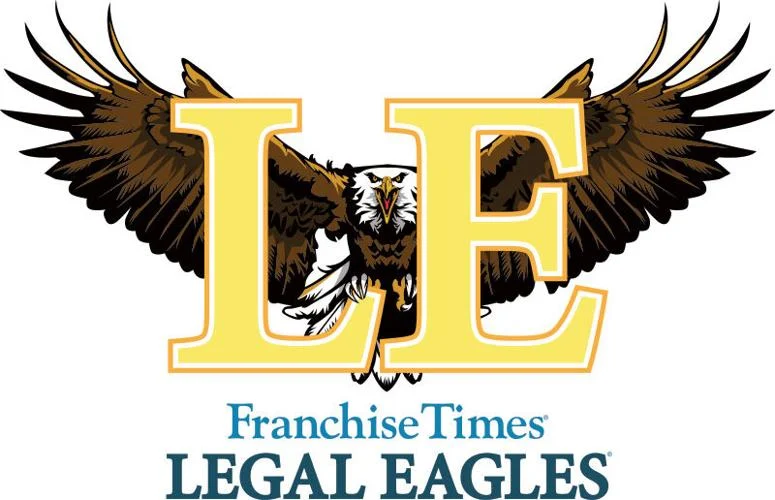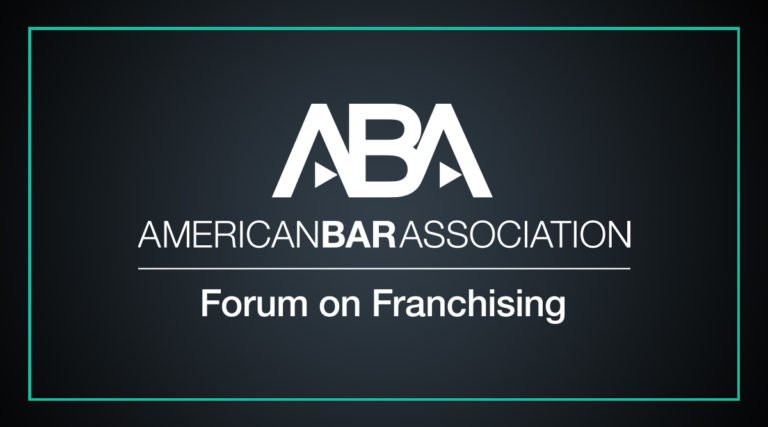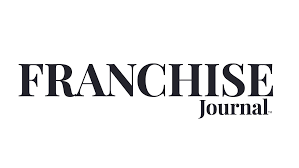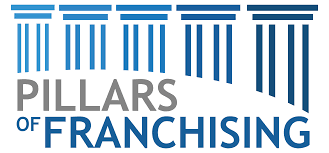AI Generated Art…Who Owns the Copyrights?
With a few keystrokes, even the most artistically challenged individuals like myself can create stunning images using A.I. art generators. However, this brave new world of AI art has raised numerous legal questions on the ownership of that art and whether it can be protected under copyright law.
Can I copyright A.I. generated artwork?
Under U.S. copyright law, a work must be original, fixed in a tangible medium, and the result of "human authorship." In plain English, a work must be created independently, have "at least a modicum" of creativity, and have some human contribution. By this definition, A.I. art should satisfy these requirements. However, the United States Copyright Office stated in a recent ruling that AI-created images lack the "human authorship" required for copyright protection. Thus, if the A.I. is the sole author, and a computer program completely generates the work without any human input, it is not eligible for copyright protection.
What is "human authorship" in A.I. generated artwork?
In the context of AI-generated artwork, "human authorship" refers to human involvement in creating the work. Human authorship can include curating, editing the artwork, or combining AI-generated and human-generated elements. In general, the greater the human involvement, the more likely it is considered a work of human authorship and thus eligible for copyright protection.
Is entering the prompt into the A.I. "human authorship"?
Probably not. As we saw at the U.S. Copyright Office, entering a prompt without additional human input fails to meet the "human authorship" requirement. The more specific, complex, and creative the contribution to the final work, the more likely the human authorship requirement will be satisfied.
Am I "curating" when I reuse the same prompt to create the image I want?
Maybe. A.I. art generators can create countless works stemming from the same prompt (the compilation below is a great example). Of course, not all of these works will meet your artistic expectations. However, you are arguably engaging in human authorship by reusing the prompt. You exercise your personal preferences, sensibilities, and intent to pick the "best" image. This form of curation is similar to photographers curating their works.
However, neither the U.S. Copyright Office nor courts have evaluated whether curating A.I. generated art meets the human authorship requirement. In this author's opinion, curating A.I. generated art can go either way. While curating A.I. art is comparable to curating photographs, an accepted form of human authorship, A.I. art is created with minimal human involvement. Courts may see curating A.I. art as akin to singling out random images based solely on personal preference.
If you have any questions about copyright law or intellectual property law in general, please feel free to call our office at 888-644-1997 to speak with an attorney today.
Disclaimer: This article is presented for informational purposes only and is not intended to be construed or used as general legal advice or as a solicitation of any type.
By: Gage Meyers










